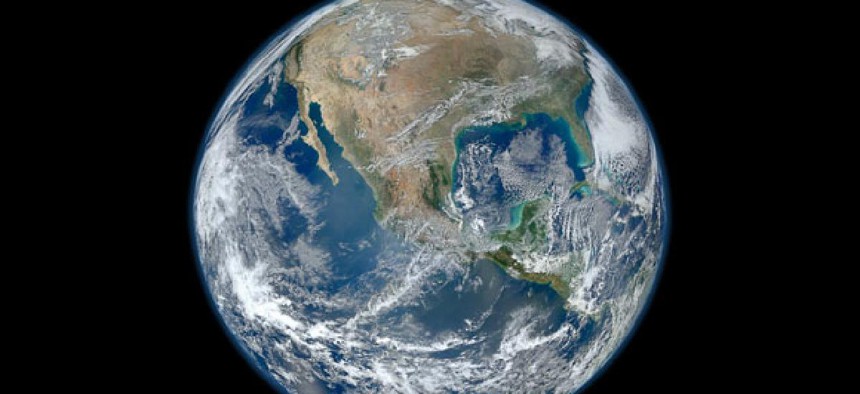Astronomers discover a planet almost identical to Earth

NASA
Planet is roughly 50 percent larger than Earth and orbits a star that closely resembles our own sun.
Just over a week after astronomers boldly announced that they would discover an Earth twin elsewhere in the universe within the year, NASA's Kepler telescope spotted a pretty good candidate. Unglamorously named KOI 172.02 -- KOI stands for Kepler Object of Interest -- this planet is the most Earth-like planet astronomers have discovered yet.
The differences are slight. It's roughly 50 percent larger than Earth and orbits a star that closely resembles our own sun at a distance that would make the surface of the planet habitable. (The size makes it a "super Earth" rather than an "Earth twin.") With an 242-day long year, it's slightly closer to its star than the Earth is to the Sun but otherwise enjoys all of the same ideal conditions as we do,as far as astronomers can tell. "This was very exciting because it's our fist habitable-zone super Earth around a sun-type star," said Natalia Batalha, a Kepler co-investigator at NASA's Ames Research Center in California. "It's orbiting a star that's very much like our sun. Previously the ones we saw were orbiting other types of stars."





